An Introduction to the Centrifuge
The centrifuge is an instrument used in nearly every research lab across the globe. Centrifugation is the process by which a centrifuge is used to separate components of a complex mixture. By spinning laboratory samples at very high speeds, the components of a given mixture are subjected to centrifugal force, which causes more dense particles to migrate away from the axis of rotation and lighter ones to move toward it. These particles can sediment at the bottom of the tube into what’s known as a pellet, and this isolated specimen, or the remaining solution, the supernatant, can be further processed or analyzed. This video is meant to introduce a student to some of the basic principles of centrifugation, as well as the instrument’s basic operation. For example the speed of centrifugation in rotations per minute, or RPM, is contrasted with relative centrifugal force, or RCF, as a measurement of the magnitude of centrifugation, which is independent of rotor size. In addition to concepts and basic use, safety precautions relating to centrifugation are discussed, as well as the types of centrifuges and centrifuge rotors that exist.
The centrifuge is an instrument used in nearly every biomedical research lab across the globe.
Centrifugation is a process by which a centrifuge is used to separate components of a complex mixture.
By spinning laboratory samples at very high speeds, the components of a given mixture are subjected to centrifugal force, which causes more dense particles to migrate away from the axis of rotation and lighter ones to move toward it. These particles can sediment at the bottom of the tube into what’s known a
Vai a...
Video da questa raccolta:
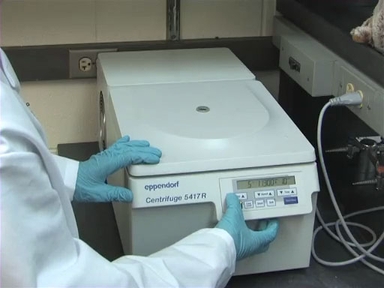
Now Playing
An Introduction to the Centrifuge
General Laboratory Techniques
487.0K Visualizzazioni
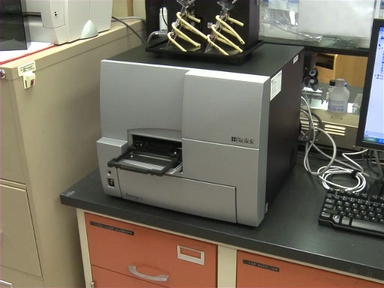
Introduzione al lettore di micropiastre
General Laboratory Techniques
126.2K Visualizzazioni
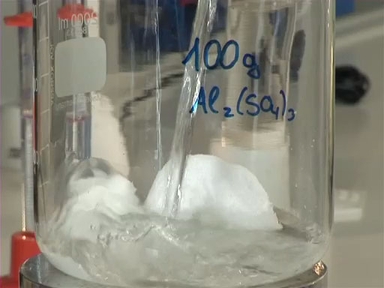
Comprendere la concentrazione e misurare i volumi
General Laboratory Techniques
215.6K Visualizzazioni
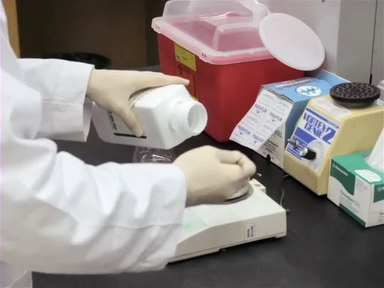
Realizzare soluzioni in laboratorio
General Laboratory Techniques
211.1K Visualizzazioni
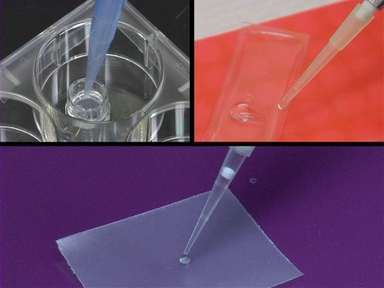
Introduzione al micropipettor
General Laboratory Techniques
581.4K Visualizzazioni
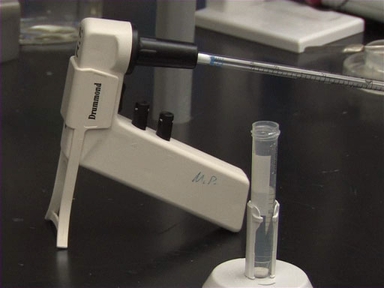
Introduzione alle pipette sierologiche e ai pipettatori
General Laboratory Techniques
218.9K Visualizzazioni
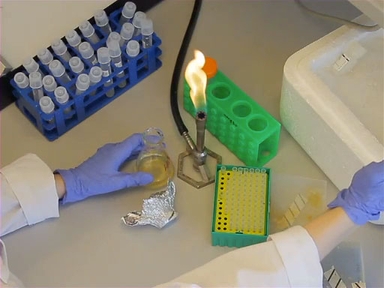
Introduzione al Bunsen Burner
General Laboratory Techniques
206.0K Visualizzazioni
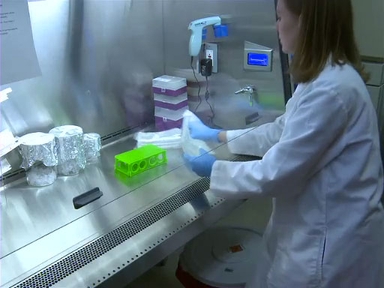
Un'introduzione al lavoro sotto cappa
General Laboratory Techniques
150.9K Visualizzazioni

Misurazione della massa in laboratorio
General Laboratory Techniques
170.7K Visualizzazioni

Introduzione allo spettrofotometro
General Laboratory Techniques
517.3K Visualizzazioni
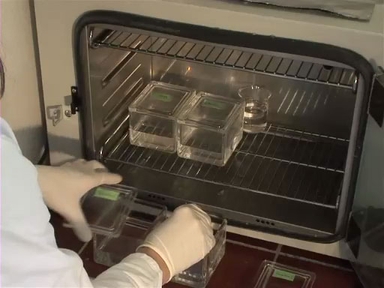
Preparazione del campione istologico per microscopia ottica
General Laboratory Techniques
240.0K Visualizzazioni
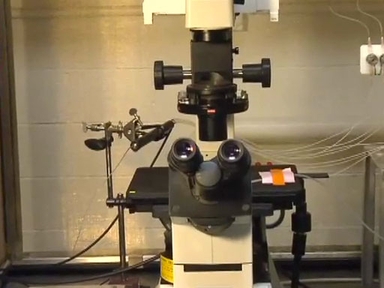
Introduzione alla microscopia a fluorescenza
General Laboratory Techniques
349.7K Visualizzazioni
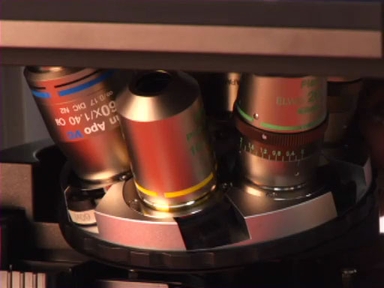
Introduzione alla microscopia ottica
General Laboratory Techniques
814.4K Visualizzazioni

Regolazione della temperatura in laboratorio: conservazione dei campioni utilizzando il freddo
General Laboratory Techniques
65.6K Visualizzazioni
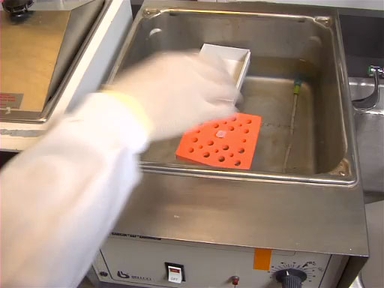
Regolazione della temperatura in laboratorio: applicazione del calore
General Laboratory Techniques
81.2K Visualizzazioni